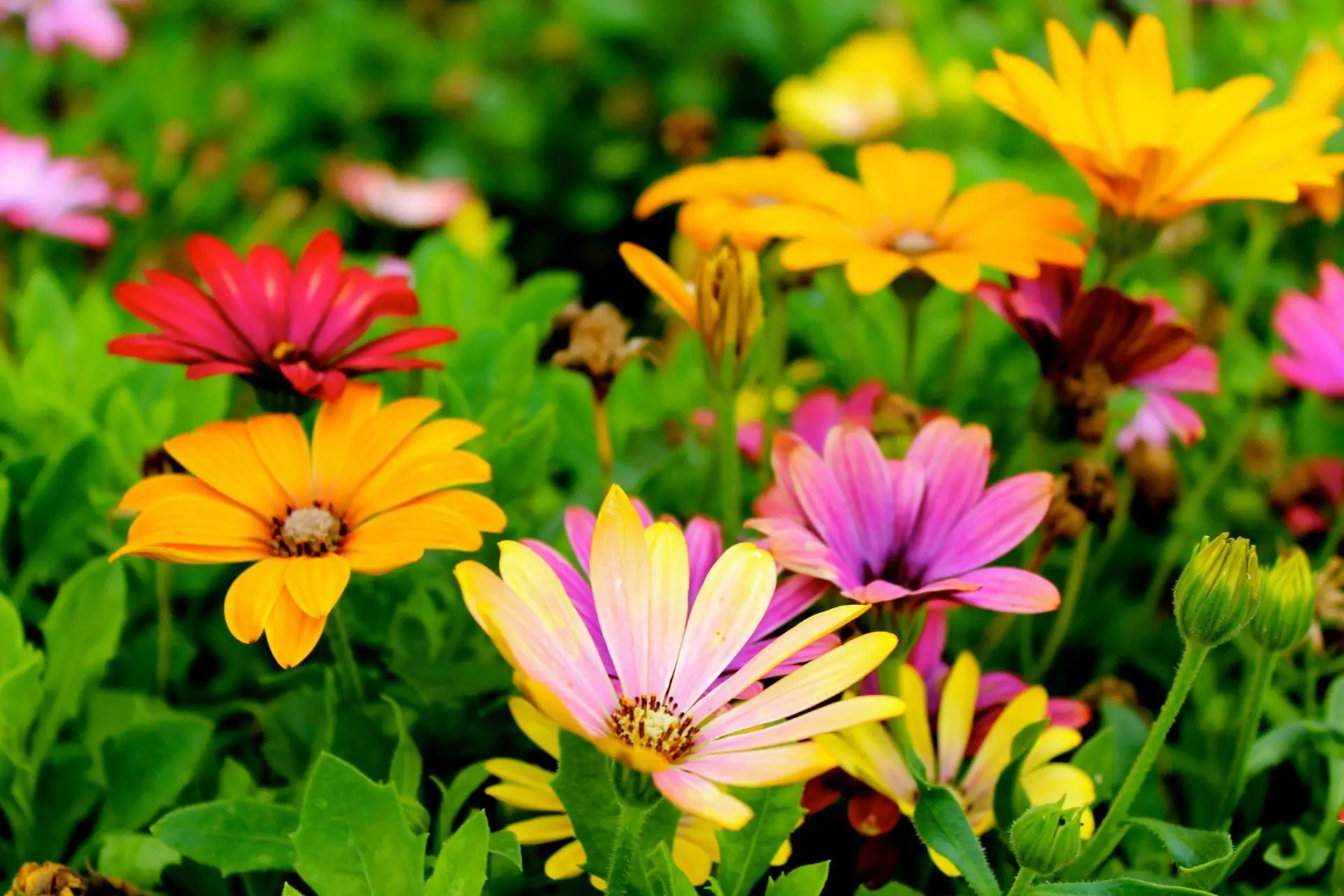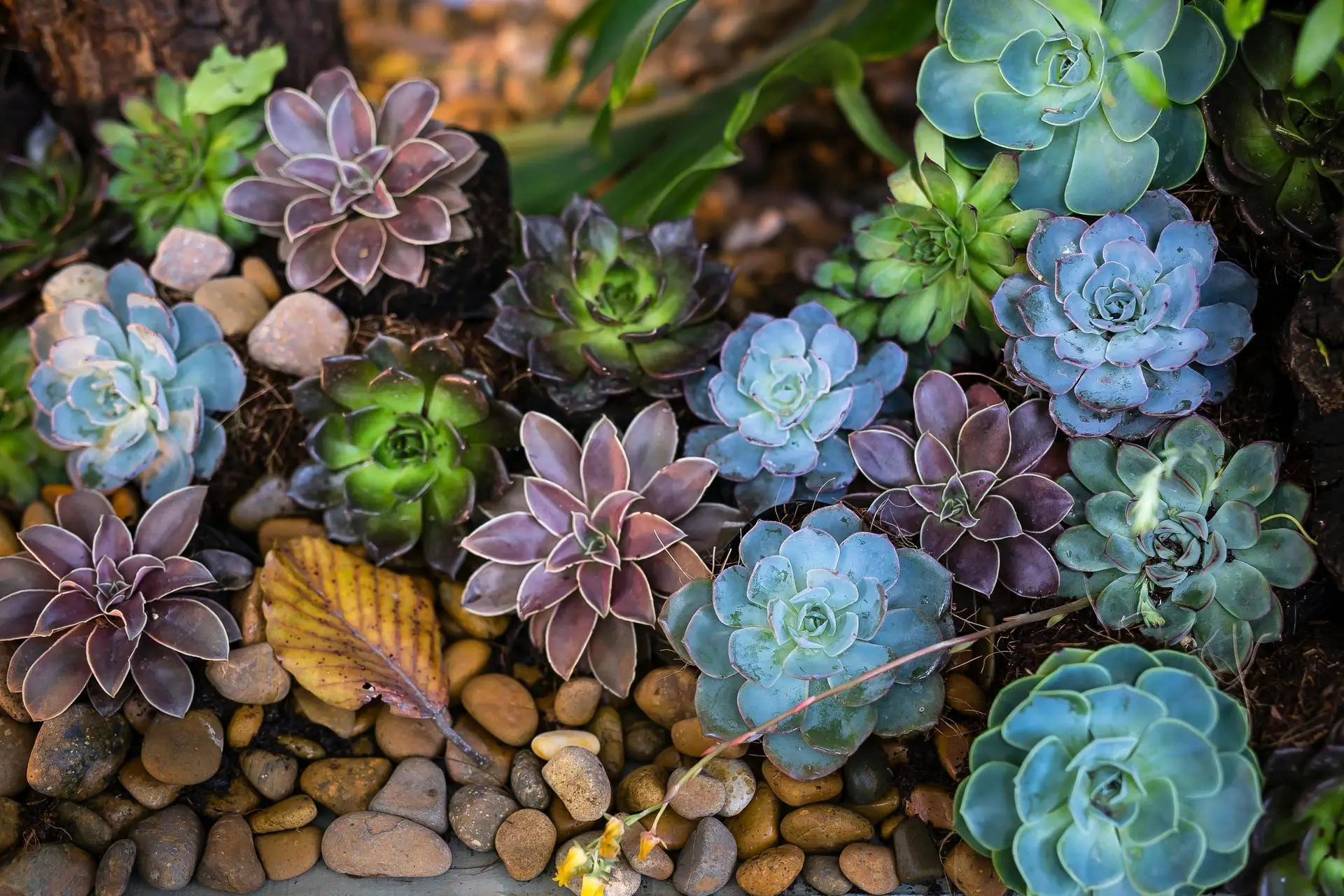Urban Foraging in Your Own Backyard - Edible Plants You Never Knew You Had
Discovering Nature's Hidden Pantry
The art of urban foraging is experiencing a remarkable renaissance as more people discover the abundance of edible plants growing right in their own backyards. What many consider common weeds are often nutritious, flavorful plants that have been used as food sources for centuries. This growing movement towards backyard foraging not only provides fresh, organic food but also helps people reconnect with nature in an increasingly urbanized world.
The Safety First Approach to Backyard Foraging
Before embarking on any foraging adventure, safety must be the top priority. Never consume any plant unless you are 100% certain of its identification and safety. Here are essential guidelines for safe foraging:
- Always use reliable plant identification guides
- Verify plants through multiple sources
- Be aware of look-alike plants that may be toxic
- Avoid foraging from areas treated with pesticides
- Learn about local regulations regarding plant collection
Common EdibleWeeds" in Your Backyard
Dandelion: The Golden Superfood
Every part of the dandelion plant is edible and packed with nutrients. The leaves are rich in vitamins A, C, and K, while the roots can be roasted as a coffee substitute. The bright yellow flowers make beautiful additions to salads and can even be transformed into dandelion wine.
Purslane: The Omega-3 Powerhouse
Often overlooked, purslane is a nutritional powerhouse that commonly grows in garden beds and between sidewalk cracks. This succulent plant contains more omega-3 fatty acids than many fish oils and is rich in vitamins A, C, and E. Its slightly sour, salty taste makes it perfect for salads and sandwiches.
Chickweed: The Tender Green
Chickweed typically appears in early spring and late fall, offering tender, star-shaped leaves. This mild-flavored plant is not only edible but also traditionally used for its medicinal properties. It can be added to salads, sandwiches, or used as a cooked green.
Seasonal Foraging Calendar
Understanding when different plants are available is crucial for successful urban foraging. Here's a basic seasonal guide:
Spring:
- Dandelion greens
- Chickweed
- Wild garlic
- Violet flowers
Summer:
- Purslane
- Lamb's quarters
- Mulberries
- Blackberries
Fall:
- Autumn olive berries
- Pine needles
- Acorns
- Wild grapes
Sustainable Harvesting Practices
Responsible foraging ensures these natural resources remain available for future generations. When harvesting wild plants, never take more than 30% of any single plant population. This allows plants to regenerate and maintains ecological balance. Additionally, consider these practices:
- Leave roots intact when possible
- Harvest from abundant populations
- Avoid rare or protected species
- Use clean, sharp tools
- Take only what you can use
Processing and Preservation Methods
Making the most of foraged plants often requires proper processing and preservation. Different preservation methods can extend the usefulness of foraged plants throughout the year:
- Drying herbs and leaves
- Freezing berries and fruits
- Making tinctures and extracts
- Creating preserves and jellies
- Fermenting vegetables
Legal and Ethical Considerations
Urban foraging comes with responsibilities and potential legal considerations. Before foraging, research local regulations regarding plant collection and ensure you have necessary permissions if foraging beyond your property. Some areas may have restrictions on collecting certain species or limits on collection amounts.
Building Your Foraging Knowledge
Developing foraging skills takes time and patience. Consider these resources for learning:
- Local foraging groups and workshops
- Field guides specific to your region
- Online plant identification courses
- Experienced forager mentorship
- Local botanical gardens
Creating a Forager's Journal
Maintaining a detailed foraging journal helps track seasonal changes, locations, and plant identification notes. Include photographs, pressing samples, and notes about taste, preparation methods, and harvest times. This documentation becomes an invaluable resource for future foraging activities.
Integrating Foraged Foods into Daily Meals
Making the most of foraged ingredients requires creativity in the kitchen. Many wild plants can be incorporated into everyday recipes:
- Wild green salads
- Foraged pesto variations
- Tea blends from dried herbs
- Soups and stews
- Natural food colorings
The Future of Urban Foraging
As interest in sustainable living and local food sources grows, urban foraging continues to gain popularity. This movement represents a return to traditional food gathering practices while addressing modern concerns about food security and environmental sustainability. Communities are increasingly incorporating edible landscaping into urban planning, creating more opportunities for local foraging.
Building Community Through Foraging
Urban foraging can create connections within communities. Sharing knowledge about local edible plants helps preserve traditional wisdom and builds resilience in local food systems. Many communities now organize foraging walks, workshops, and food-sharing events, strengthening social bonds while promoting sustainable food practices.
By rediscovering the edible plants in our backyards, we not only gain access to fresh, nutritious food but also develop a deeper appreciation for the natural world around us. The key is to approach foraging with respect, knowledge, and patience, allowing this ancient practice to enrich modern urban living."









